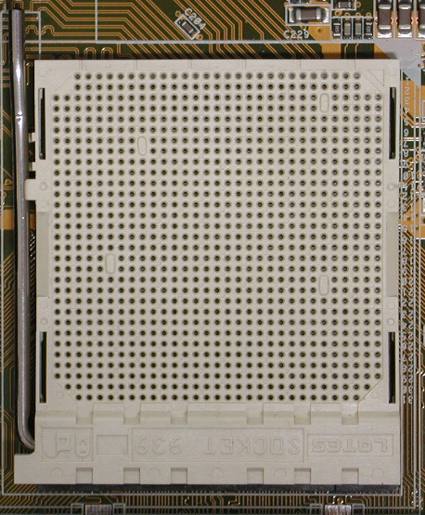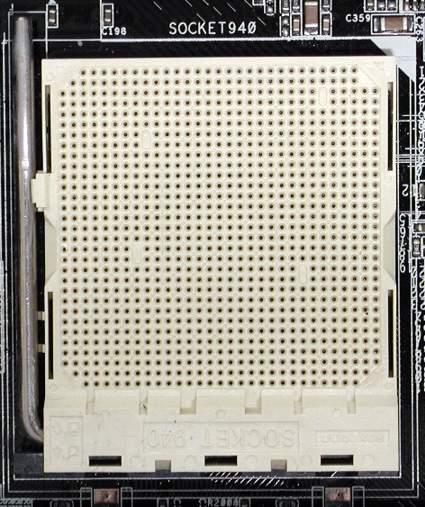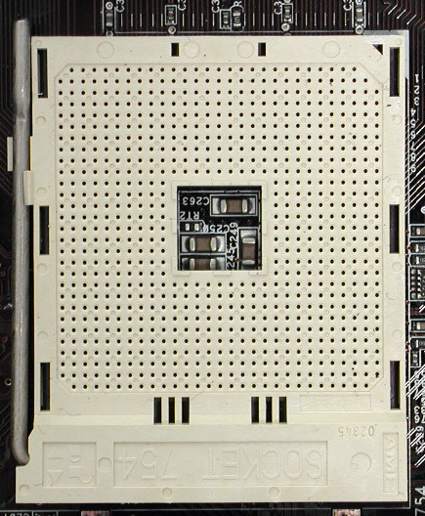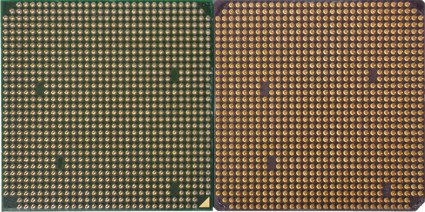AMD's Socket 939 Offers More with Much of the Same
Socket 940, 939, 754
It is now apparent that AMD intends for its Socket 939 to become its standard socket. Socket 940 is more or less phased out, except for Opteron solutions. Socket 754 with its single memory channel will remain, but will gradually become a lower-cost solution for the 32 Bit AthlonXP as well.
Of course the technical difference between 940 and 939 is as little as the pin count difference. AMD needs to differentiate between the server and the consumer platforms, which makes sense from a business point of view. We still remember the situation with Athlon XP and MP: People were aware of the fact that these two processors were identical. Therefore, they purchased two Athlon XPs, which were (and still are) considerably cheaper, for their dual processor machines.
Obviously the situation is different today, as Athlon64 FX does not work in dual setups. In addition, it is the most expensive Socket 940 processor. But Opteron is the workstation and server level processor, while Athlon64 is supposed to conquer the mass market. One reason for the differentiation is the request to build four-layer motherboards for Athlon64, as most Socket 940 solutions make use of more complex six-layer designs.
The Socket 939 platform also supports HyperTransport operation at 1 GHz (running in double data rate mode) rather than the common 800 MHz. This results in a total bi-directional bandwidth of 8 GB/s rather than 6.4 GB/s. Chipsets need to support that, but NVIDIA, SiS and VIA did their homework already. nForce3 250 Ultra, SiS755FX/756 and K8T800 Pro are ready for Socket 939 while AMD has no ambitions to design a chipset itself.
Sentenced to death: Socket 940 will soon vanish from the retail shops.
Socket 754 will remain and gradually replace Socket A.
As you can see, there is only one pin difference between the two processor types (lower left corner).
Get Tom's Hardware's best news and in-depth reviews, straight to your inbox.
The dual channel memory controller requires 185 more pins (on the right).

Patrick Schmid was the editor-in-chief for Tom's Hardware from 2005 to 2006. He wrote numerous articles on a wide range of hardware topics, including storage, CPUs, and system builds.




